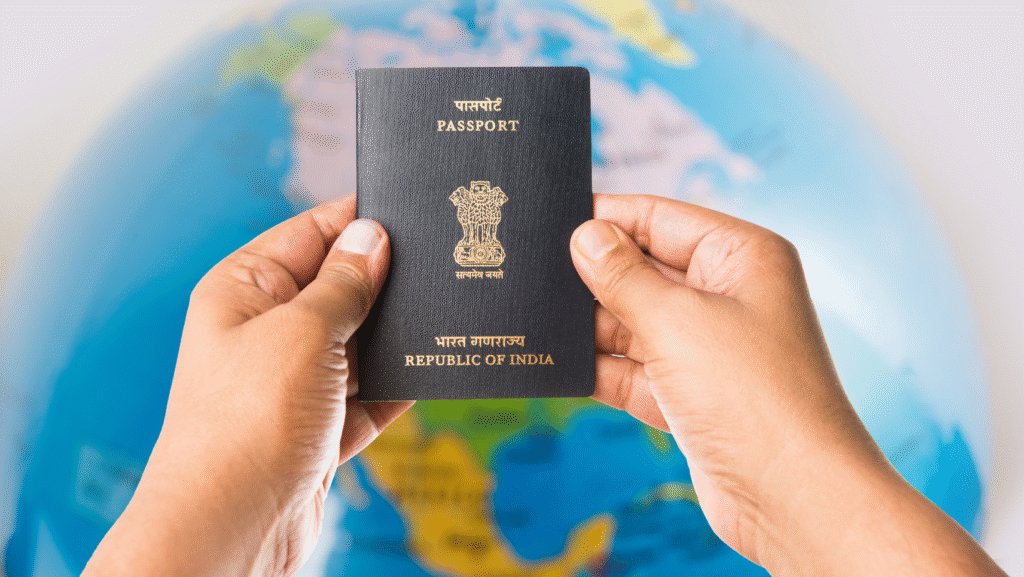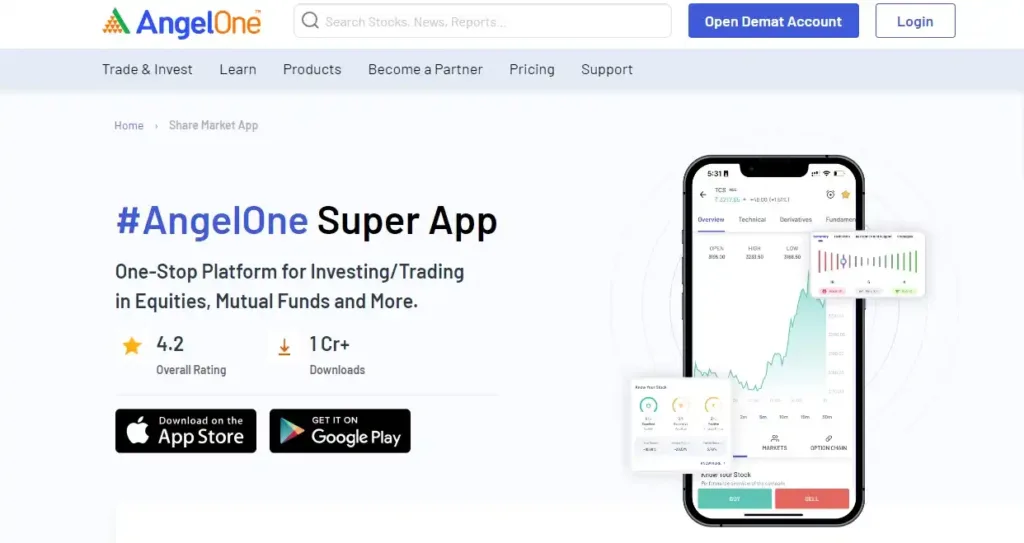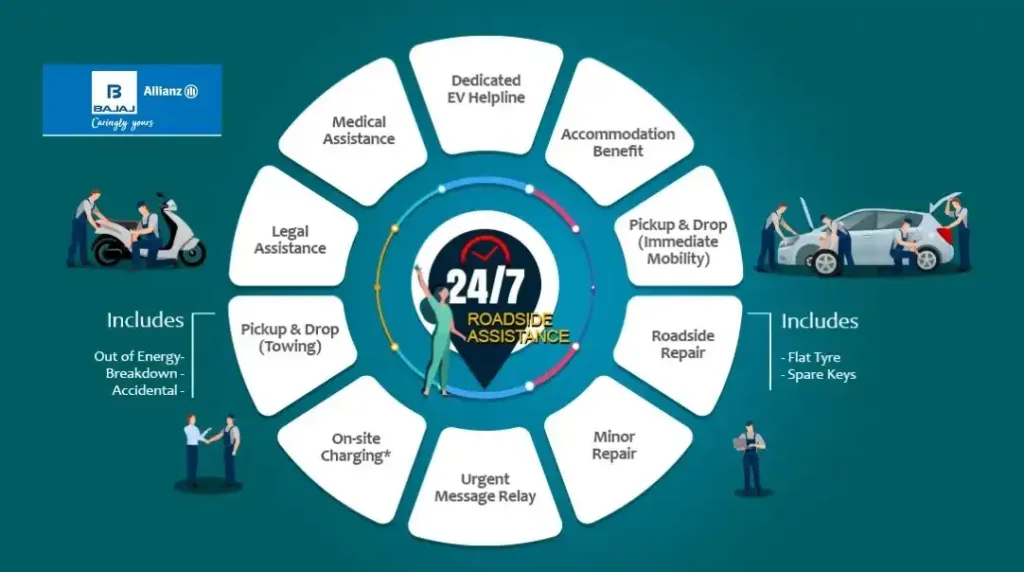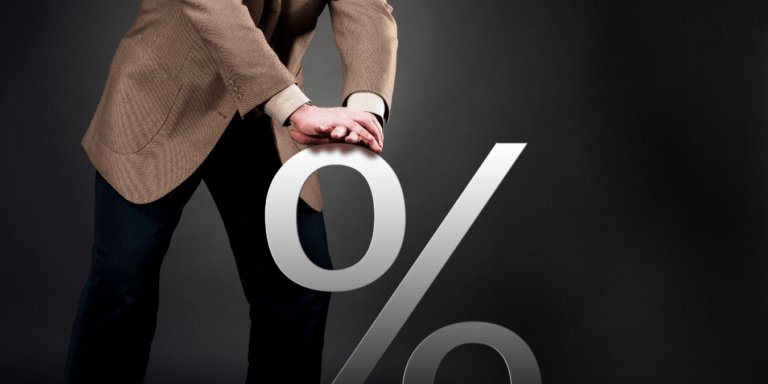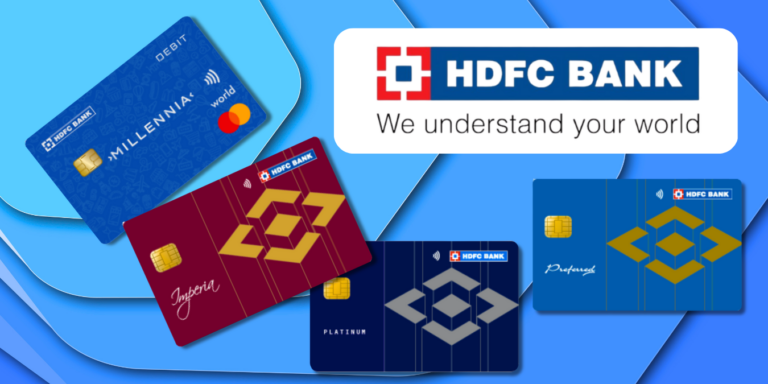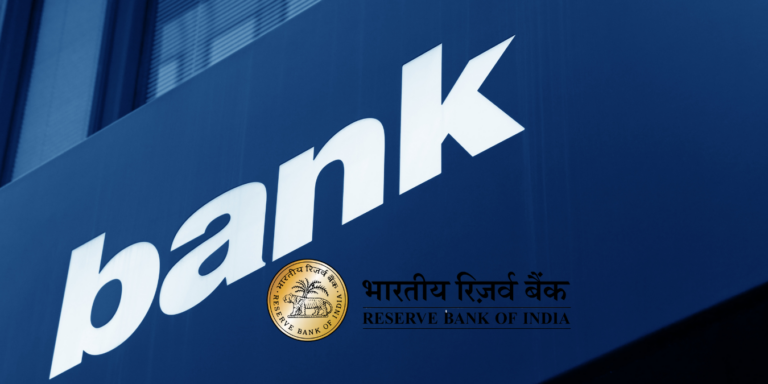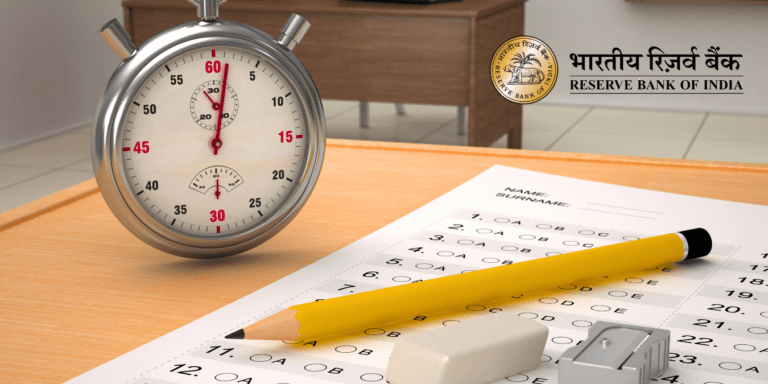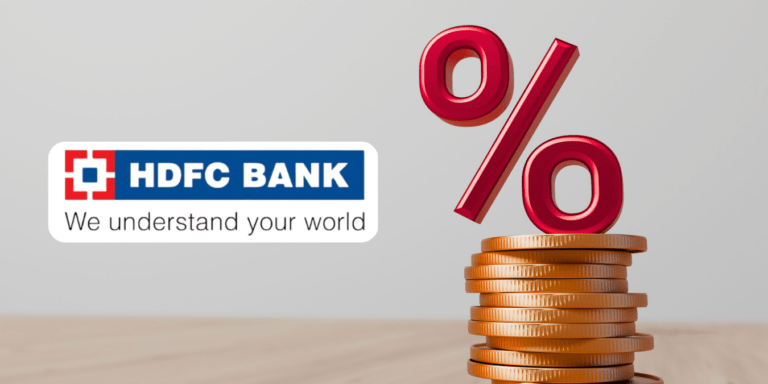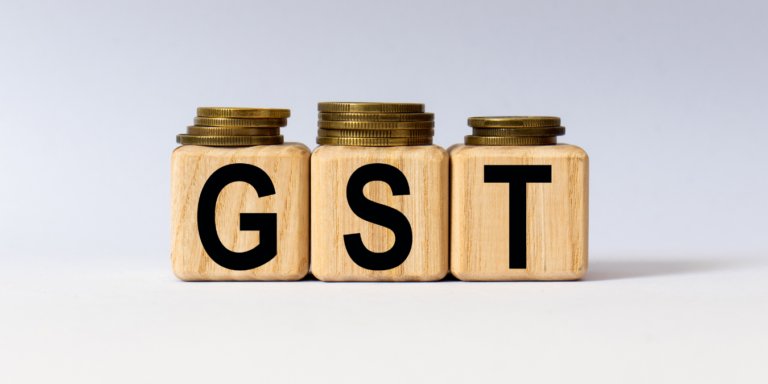
Are UPI Payments Really Free? The Catch Businesses Don’t Want You to Notice
The hidden truth behind UPI’s “free” status in 2025—while personal payments stay free, merchants now pay secret fees on wallet transactions over ₹2,000. NPCI’s jaw-dropping ₹10 lakh daily limit for travel and insurance redefines digital payments. Discover who really pays, what it means for your wallet, and the bold future reshaping India’s cashless revolution. Don’t miss this eye-opening analysis that everyone in India must read today!
Making a routine insurance premium, booking a cross-country flight, or paying for a luxury stay—all on UPI, all in a single day, and all with no extra charge as a personal user. Behind this convenience, however, a dramatic shift is unfolding: wallet-based UPI transactions above ₹2,000 now cost merchants up to 1.1% per transaction, quietly impacting how—and where—you choose to pay. What’s the real story behind “free UPI,” and why are businesses feeling the pinch as the rules change?
Breaking Down UPI Charges: The Free-for-Personal-Users Paradox
Personal UPI Payments Remain Mostly Free
For individual users, UPI transactions between bank accounts continue to carry zero fees, making digital payments accessible and affordable for billions across India. Whether paying friends or merchants directly from their bank accounts, users enjoy seamless and cost-free transfers.
Wallet-Based Merchant Payments Over ₹2,000: The Hidden Fee
However, merchants accepting payments via digital wallets such as PhonePe, Paytm, or Amazon Pay face an interchange fee ranging from 0.5% to 1.1% on transactions exceeding ₹2,000—a cost that merchants bear, not the users. This subtle fee shift is not widely known among consumers but influences merchant acceptance and payment options.
- Lower fees (around 0.5%) apply to utility bills, fuel, telecom, and railway payments.
- Higher fees (up to 1.1%) affect insurance, mutual funds, and government tax payments.
- Wallet issuers also pay a 0.15% fee on wallet recharges exceeding ₹2,000, further complicating the cost structure.
Why Is This Fee Important?
Though unseen by users, these charges affect merchant margins significantly. To compensate, some merchants might limit wallet payment acceptance above certain amounts, encourage bank-to-bank UPI payments, or pass on costs indirectly through price adjustments.
NPCI’s Massive Increase in Transaction Limits: A Digital Payment Game-Changer
The National Payments Corporation of India (NPCI) has revised UPI transaction limits for specific payment categories, recognizing the surge in high-value digital payments:
- General daily transaction limits remain at ₹1 lakh for typical transfers.
- High-value categories like travel bookings, insurance premiums, government taxes, and investments now have an increased daily cumulative transaction limit of up to ₹10 lakh.
- These changes facilitate large payments digitally without resorting to cheques or cumbersome bank visits, enhancing convenience for users making substantial transactions.
The Hidden Impact: Charges You Won’t See on Your Bill
- Merchants quietly raise prices: Expect those UPI acceptance posters at small shops to disappear for wallet payments, or find "extra charges" sneakily built into bills for high-value items.
- Shift to bank-to-bank payments: Merchants may nudge customers toward direct UPI bank payments to avoid interchange, protecting margins.
- Fiercer wallet competition: Wallet brands fight to keep users loyal, despite fees they must absorb or transfer.
Surprising UPI Limits: How Big Can You Pay in 2025?
As digital payments surge, NPCI has raised UPI transaction limits for specific sectors:
- General daily UPI limit: ₹1 lakh (unchanged) for most personal and small business users.
- High-value categories: Insurance, government taxes, investments, travel, education—now up to ₹5 lakh per transaction and a cumulative ₹10 lakh within 24 hours.
- Who does this help? High-net-worth users, businesses, and professionals making big-ticket payments—think policy premiums, trading, or booking luxury travel.
Why This Matters: The Bigger Picture Behind UPI’s Evolution
UPI Is Fueling the Cashless Revolution
By making large payments possible digitally, NPCI is eroding barriers to going "cashless" at scale—even for big purchases once dominated by cheques or RTGS/NEFT.
Merchant Costs: The Silent Trade-off
While users still enjoy “free” payments, merchant-facing costs are rising. Some stores could nudge against wallet QR codes; others might increase prices to offset the fee.
More Inclusivity, More Risk
- Pros: Ease of use, security, no handling of large cash amounts.
- Cons: Bigger UPI limits mean more significant losses if you fall for scams or lose access—necessitating extra vigilance.
Expert Insights & Fresh Data: UPI in 2025
- UPI transactions grew 35% in H1 2025, topping ₹143 lakh crore as more Indians ditch cash.
- Wallet-based payments rising: Popularity soared for rewards, cashbacks, and frictionless small spends—but merchant fee policies are changing acceptance trends.
- NPCI’s focus: Adapting transaction caps to match India’s diverse needs—from street vendors to real estate investors.
The Urgency, Aspiration, and Relief
- Urgency: Businesses need to adapt swiftly—loss of UPI wallet acceptance could mean lost sales.
- Aspiration: Aspirational users can now make high-value investments, travel bookings, or insurance payments with a single UPI tap—no bank branch visits needed.
- Relief: Regular users rejoice as personal payments remain free, protecting monthly budgets.
Actionable Takeaways: What Should You Do Next?
- For consumers:
- Prefer direct bank UPI for zero charges on any amount.
- For big-ticket payments (insurance, travel), check if the merchant accepts bank-to-bank UPI to avoid hidden wallet fees.
- Stay alert to scams—larger limits mean larger potential risks.
- For merchants:
- Review whether UPI wallet acceptance remains profitable—especially for high-ticket items.
- Communicate transparently with customers about any wallet-related surcharges.
- Explore partnerships or offers with wallet brands to offset interchange costs.
- For everyone:
- Monitor evolving UPI and wallet rules; changes from banks, NPCI, or government can happen rapidly.
Future Trends in UPI Transaction Policy
Future trends in UPI transaction policies are poised to shape India’s digital payments ecosystem profoundly. First, as transaction volumes and values soar, authorities may reconsider fees—possibly introducing tiered or nominal charges for ultra-high-value personal transactions to sustain infrastructure. Enhanced security protocols, leveraging AI and biometrics, will be integrated to counter rising fraud risks as transaction limits expand further. NPCI is likely to continue expanding transaction categories and limits, facilitating real estate, education, and healthcare payments to go cashless. Merchant fee models may evolve, potentially incentivizing more transparent cost-sharing between consumers and businesses. Additionally, innovations like QR code interoperability across banks and wallets, UPI-based credit products, and cross-border UPI payments may become mainstream. Regulatory focus on consumer protection, data privacy, and dispute resolution will intensify, ensuring trust as payment complexity grows. Overall, UPI policies will balance growth and sustainability, pushing India toward a secure, inclusive cashless economy powered by cutting-edge fintech advancements.
The Suspenseful Teaser: Is “Free” UPI Forever?
Is “free” UPI really forever? While personal UPI transactions remain fee-free in 2025, the landscape is shifting beneath the surface. Merchants accepting wallet-based payments over ₹2,000 now bear hidden interchange fees up to 1.1%, subtly impacting pricing and acceptance. Meanwhile, NPCI’s dramatic increase in transaction limits—to as high as ₹10 lakh daily for travel, insurance, and investments—ushers in a new era of high-value digital payments. But as UPI scales unprecedented heights, questions arise: Will rising backend costs force new fees on users? Could the very convenience of “free” digital payments face limits? India stands at a crossroads where innovation meets sustainability, and every user and merchant must watch closely. The coming months may reveal whether UPI remains a free ride or if subtle charges transform how India pays forever. Stay tuned—this revolution is just beginning.
